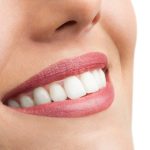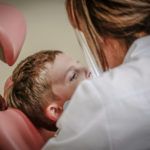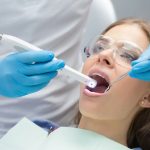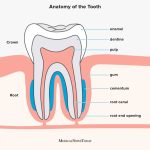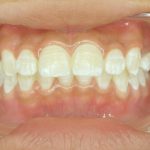5 Effective Ways to Relieve Pain After Teeth Cleaning: A Comprehensive Guide
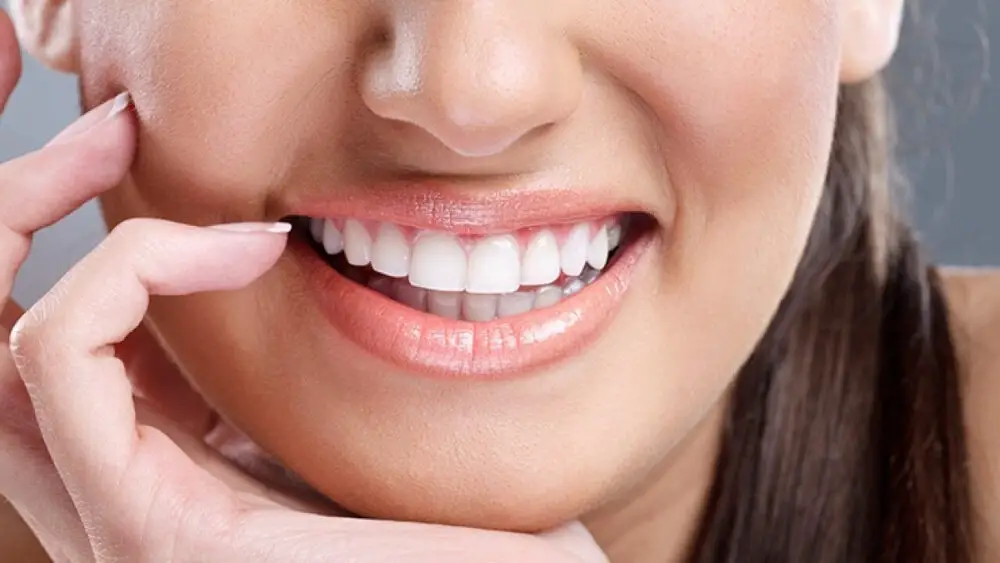
A visit to the dentist can be a daunting experience for many individuals, especially those who suffer from dental anxiety. While teeth cleaning is a routine procedure, it can often cause discomfort or even pain for some patients. However, this does not have to be the case. With the right techniques and strategies, you can effectively manage and relieve pain after teeth cleaning. In this comprehensive guide, we will explore five effective ways to alleviate pain and discomfort and ensure a smooth recovery after your dental cleaning. One of the most common causes of pain after teeth cleaning is gum sensitivity. This occurs when the gums become inflamed or irritated due to the cleaning procedure. Other factors such as teeth sensitivity, jaw pain, and soreness can also contribute to post-cleaning discomfort. Fortunately, there are several pain relief methods that you can employ to mitigate these symptoms. From using over-the-counter pain medication to trying natural remedies, this guide will provide you with valuable insights and tips to help you feel more comfortable and at ease after your next dental cleaning.
Teeth cleaning is a crucial part of maintaining good oral hygiene. However, it is not uncommon to experience some pain or discomfort during or after the procedure. This is because the cleaning process involves removing plaque and tartar buildup from the teeth and gums, which can irritate the sensitive tissues in the mouth. Additionally, the use of dental tools such as scrapers, ultrasonic scalers, and polishing devices can cause temporary sensitivity, especially if there are areas of the mouth that are particularly sensitive or inflamed. However, there are several effective ways to relieve pain after teeth cleaning, including using pain relievers, applying ice packs, and avoiding hard or crunchy foods for a few days.
Relieving pain after teeth cleaning is of utmost importance as it not only enhances the patient’s comfort but also helps them follow the recommended oral hygiene procedures. The pain signals that something is not right, and if left unaddressed, it can develop into a severe problem. The discomfort can cause difficulty eating, speaking, and sleeping, affecting the patient’s daily life. Moreover, untreated pain can lead to anxiety and stress, which can worsen the situation. By managing the pain, patients can resume their daily routine without any hindrance, which is crucial for maintaining a healthy lifestyle. Therefore, it is essential to follow the recommended practices and take timely measures to relieve pain after teeth cleaning.
Use OvertheCounter Pain Medication
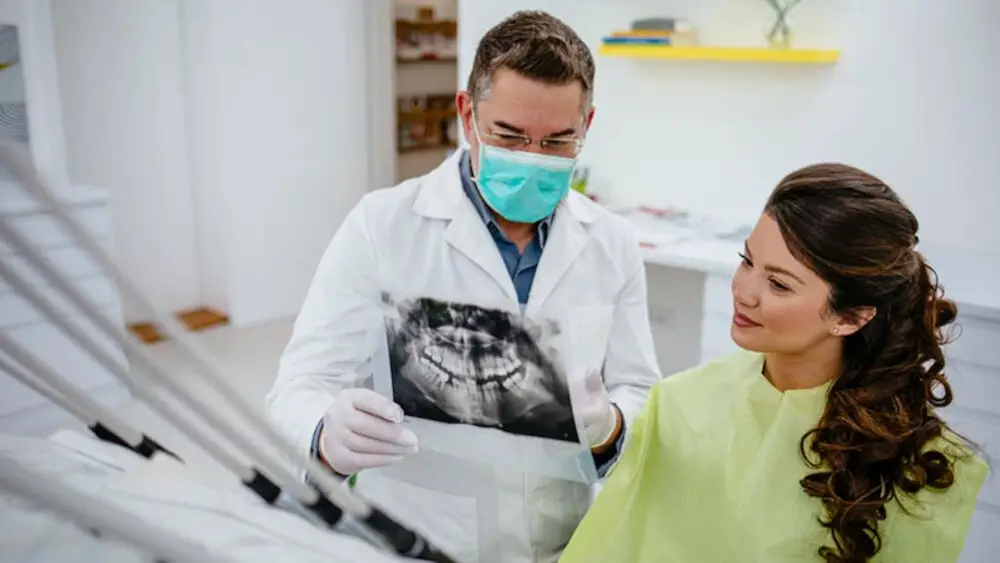
Over-the-counter pain medication can be a useful tool for those looking to relieve pain after teeth cleaning. These medications are easily accessible and typically do not require a prescription, making them a convenient option for those who need quick relief. Common over-the-counter pain medications include acetaminophen, ibuprofen, and aspirin. Each medication works in a slightly different way, so it is important to choose the right one for your needs. Acetaminophen is often recommended for mild pain relief, while ibuprofen and aspirin are better suited for more severe pain. When taking over-the-counter pain medication, it is important to follow the recommended dosage guidelines. Taking too much medication can cause serious side effects, such as liver damage or gastrointestinal bleeding. It is also important to avoid combining different types of pain medication, as this can increase the risk of side effects. Before taking any medication, it is a good idea to speak with your dentist or doctor to ensure that it is safe for you to take and will not interact with any other medications you may be taking.
There are several types of pain medication that are effective in relieving pain after teeth cleaning. Nonsteroidal anti-inflammatory drugs (NSAIDs), such as ibuprofen and naproxen, are commonly used to reduce pain and inflammation. Acetaminophen is another pain reliever that can help alleviate discomfort. Topical anesthetics, such as lidocaine, can also be applied directly to the affected area to numb the pain. Additionally, prescription pain medications, such as opioids, may be prescribed for severe pain. However, it is important to use these medications as directed by a healthcare provider and to be aware of potential side effects and risks.
Proper dosage and usage instructions are crucial to follow when taking medications for pain relief after teeth cleaning. It is essential to read the label carefully and follow the instructions provided by your dentist or pharmacist. Overdosing or underdosing can have adverse effects on your health, and it is crucial to take the medication as prescribed. It is also essential to note any potential side effects and to stop taking the medication if you experience any adverse reactions. Additionally, it is recommended to avoid alcohol and other medications that may interact with the pain relief medication. Following proper dosage and usage instructions can help ensure a safe and effective pain relief experience.
Before taking any pain medication, it is important to consider some precautions to ensure safety and effectiveness. Firstly, always read and follow the instructions on the label or as directed by a healthcare provider. Overdosing or taking the wrong medication can be harmful or even fatal. Secondly, be aware of any allergies or medical conditions that may interact with the medication. Consult with a healthcare provider about any potential risks and alternatives. Thirdly, avoid alcohol consumption while taking pain medication as it can increase the risk of side effects. Lastly, do not exceed the recommended dosage or take the medication for longer than necessary. If pain persists, seek medical attention.
Apply Ice or Heat to the Affected Area
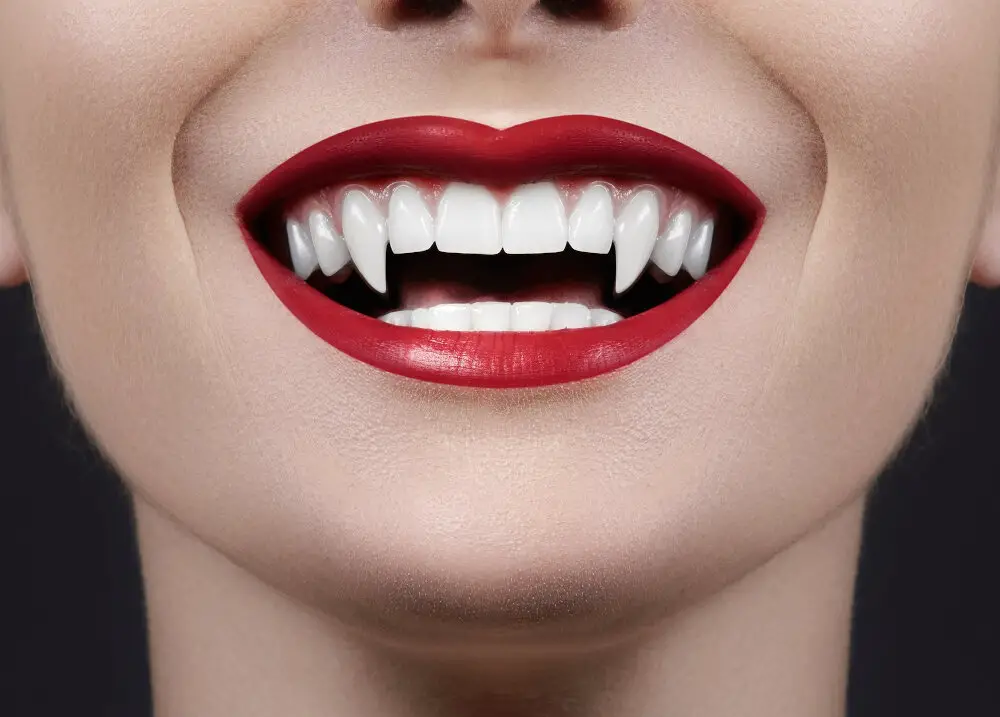
After a teeth cleaning session, it is common to experience pain and discomfort in the gums and surrounding areas. One effective way to alleviate this discomfort is by applying ice or heat to the affected area. This method helps to reduce inflammation and swelling, which are the primary causes of pain. Applying ice or heat can also improve blood flow to the affected area, leading to faster healing and a quicker recovery. If you choose to apply ice, wrap a cold pack or a bag of ice in a towel and place it on the affected area for 10-15 minutes at a time. Do not apply ice directly to the skin, as this can cause frostbite. Repeat this process every few hours for the first 24-48 hours after your teeth cleaning. If you opt for heat, use a warm compress or a heating pad on the affected area for 15-20 minutes at a time. Be sure to use a low heat setting to avoid burning the skin. Heat therapy can be applied after the first 24-48 hours, and it can be repeated every few hours as needed.
Both ice and heat can be effective in relieving pain after teeth cleaning. Ice works by reducing inflammation and numbing the area, which can help to dull the pain. Heat, on the other hand, can help to increase blood flow to the area and reduce muscle tension, which can also help to alleviate pain. In general, ice is best used for acute pain or inflammation, while heat is better for chronic pain or muscle tension. It is important to use these therapies carefully, however, as too much heat or cold can cause damage to the tissues. Be sure to use a barrier, such as a towel or cloth, between the skin and the ice or heat source, and avoid leaving it on for too long.
Using ice or heat can be an effective way to relieve pain after teeth cleaning. However, it’s important to apply them properly to avoid further discomfort. To apply ice, wrap a towel around a cold pack or ice cubes, and hold it against your cheek for 15-20 minutes. This can reduce swelling and numb the area. For heat, use a warm compress or a heating pad and hold it against your cheek for 15-20 minutes. Heat can improve blood flow and relax tense muscles. Be careful not to apply heat or ice directly to the skin, as this can cause burns or frostbite. Always use a barrier such as a towel or cloth. Additionally, if the pain persists or worsens, consult with your dentist to determine if there are any underlying issues that need to be addressed.
When using ice or heat to relieve pain after teeth cleaning, it’s essential to take certain precautions to avoid causing further harm. Firstly, never apply ice or heat directly to the skin. Always wrap it in a towel or cloth to prevent burns or frostbite. Secondly, limit the duration of use to 20 minutes at a time to prevent tissue damage. Thirdly, avoid using heat on an inflamed area, as it can exacerbate the inflammation. Similarly, never use ice on an area with poor circulation, as it can cause tissue damage. Lastly, if you have any pre-existing medical conditions, consult your dentist or doctor before using ice or heat therapy. By following these precautions, you can effectively use ice or heat to alleviate pain after teeth cleaning without causing any further harm.
Rinse with Salt Water
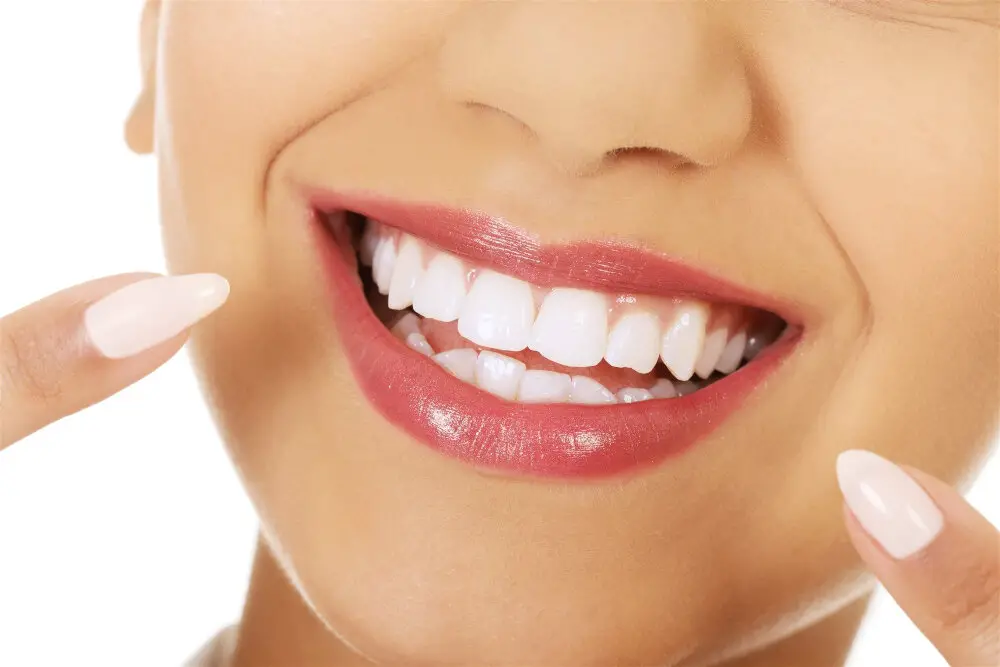
After a teeth cleaning procedure, it is common to experience some discomfort or pain. One effective way to relieve this pain is by rinsing with salt water. Saltwater has natural anti-inflammatory and antiseptic properties that can help reduce swelling and prevent infection. Additionally, saltwater can help soothe irritated gums and promote faster healing. To prepare a saltwater rinse, simply mix a teaspoon of salt into a glass of warm water. Swish the solution around your mouth for about 30 seconds before spitting it out. Repeat this process several times a day, especially after meals, to keep your mouth clean and promote healing. However, it is important to note that saltwater rinses should not replace regular brushing and flossing, and should only be used as a temporary solution for pain relief after a teeth cleaning procedure.
One effective way to relieve pain after teeth cleaning is to rinse your mouth with salt water. Salt water has several benefits for oral hygiene, including reducing inflammation, killing bacteria, and promoting healing. The salt in the water helps to draw out any toxins or bacteria from the gums, which can reduce swelling and soreness. Additionally, salt water has a natural antiseptic effect, which can help to kill off any harmful bacteria that may be present in the mouth. Finally, salt water can help to promote healing by increasing blood flow to the gums, which can speed up the healing process and reduce pain. Overall, rinsing with salt water is an easy and effective way to relieve pain and promote oral health after teeth cleaning.
Rinsing with salt water is a simple and effective way to relieve pain after teeth cleaning. To do this, dissolve half a teaspoon of salt in a glass of warm water and swish the solution around your mouth for about 30 seconds before spitting it out. Make sure to tilt your head back slightly to allow the salt water to reach all areas of your mouth, including the back teeth and gums. Avoid swallowing the salt water as it can cause nausea and vomiting. You can repeat this process up to three times a day to soothe any discomfort caused by the cleaning procedure. Salt water helps to reduce inflammation, kill bacteria, and promote healing in the mouth, making it an excellent natural remedy for post-cleaning pain relief.
Rinsing with salt water is an effective way to relieve pain after teeth cleaning, but certain precautions must be considered. Firstly, it is important to ensure that the salt water solution is not too hot, as this can cause further irritation and discomfort. Additionally, it is recommended to use sea salt or Himalayan salt, as opposed to regular table salt, as they contain more beneficial minerals. It is also important to avoid swallowing the salt water, as it can cause nausea and dehydration. Lastly, individuals with high blood pressure should consult their doctor before using a salt water rinse, as the sodium content may affect their blood pressure levels. By following these precautions, individuals can safely and effectively use salt water rinses to relieve pain after teeth cleaning.
Use Natural Remedies
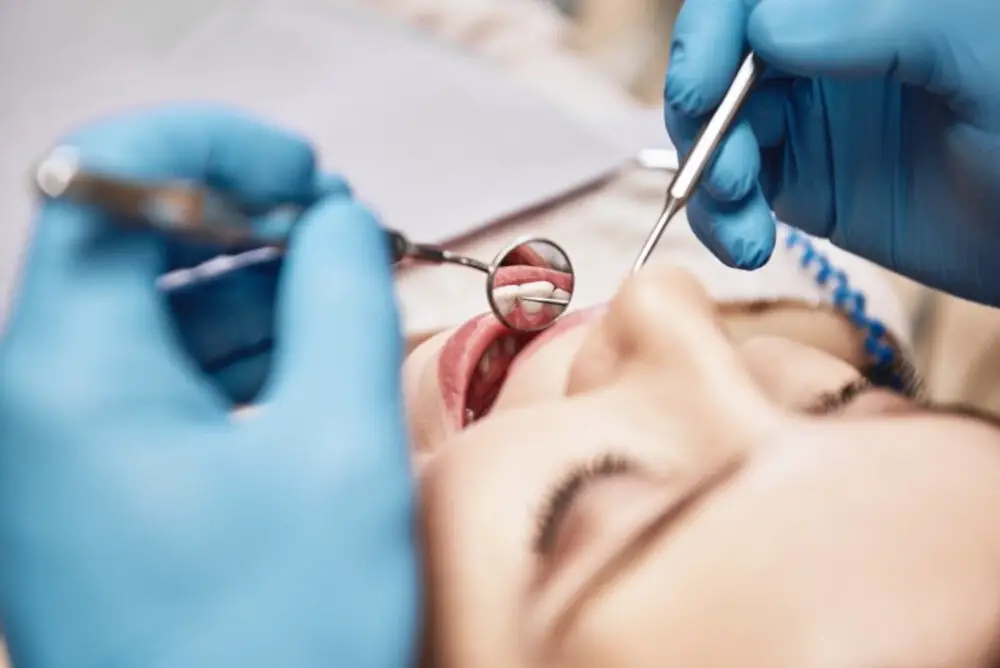
Using natural remedies can be an effective way to relieve pain after teeth cleaning. One of the most popular natural remedies for tooth pain is clove oil. Clove oil contains eugenol, which has been shown to have pain-relieving properties. To use clove oil, apply a small amount to a cotton ball and place it on the affected tooth or gum. Leave it in place for a few minutes, or until the pain subsides. Another natural remedy for tooth pain is salt water. Salt water has natural anti-inflammatory properties, which can help reduce swelling and pain. To use salt water, mix 1/2 teaspoon of salt with 8 ounces of warm water. Swish the solution around in your mouth for several seconds before spitting it out. In addition to clove oil and salt water, there are several other natural remedies that can help relieve pain after teeth cleaning. For example, applying a cold compress to the affected area can help numb the pain and reduce swelling. You can make a cold compress by wrapping a few ice cubes in a towel and holding it against the affected area for 15-20 minutes at a time. Another natural remedy for tooth pain is tea tree oil. Tea tree oil has natural antiseptic and anti-inflammatory properties, which can help reduce pain and speed up the healing process. To use tea tree oil, mix a few drops with a carrier oil, such as coconut oil, and apply it to the affected tooth or gum.
There are several natural remedies that can alleviate pain after teeth cleaning. One of the most effective options is clove oil, which contains eugenol, a natural anesthetic that can numb the affected area. Applying a few drops of clove oil to a cotton ball and placing it over the sore spot can provide relief. Another natural remedy is saltwater rinse, which can reduce inflammation and promote healing. Simply mix a teaspoon of salt with warm water and swish it around the mouth for a minute before spitting it out. Additionally, applying a cold compress to the cheek can help reduce swelling and numb the area, while turmeric, an anti-inflammatory spice, can be mixed with water to create a paste that can be applied to the gums for pain relief.
Proper usage instructions are crucial for achieving optimal results when using any of the five remedies discussed in this guide. When using a warm compress, ensure that it is not too hot and hold it against the affected area for 10-15 minutes. For saltwater rinse, mix a teaspoon of salt in warm water and swish it around your mouth for 30 seconds before spitting it out. When using clove oil, apply a small amount to a cotton ball and gently place it on the affected area. Be sure to dilute the oil with a carrier oil to prevent irritation. When using over-the-counter pain relievers, read the label and follow the recommended dosage. Finally, when using a numbing gel, apply a small amount to the affected area and wait for it to take effect before eating or drinking. Following these instructions will help ensure safe and effective pain relief after teeth cleaning.
Before using natural remedies for pain relief after teeth cleaning, it is important to take certain precautions. Firstly, it is advisable to consult with a healthcare professional to ensure that the natural remedy is safe to use and will not interact with any medications. Secondly, it is important to research the natural remedy thoroughly and ensure that it is obtained from a reputable source. Thirdly, natural remedies should be used in moderation, as excessive use may cause adverse effects. Finally, it is important to be aware of any allergies or sensitivities to certain natural remedies, and to discontinue use immediately if any adverse effects are experienced. By taking these precautions, natural remedies can be a safe and effective way to relieve pain after teeth cleaning.
If you have recently undergone teeth cleaning, you might be experiencing pain or sensitivity in your teeth and gums. Fortunately, there are several effective ways to relieve the discomfort and pain, and this article has discussed five of those ways. Firstly, you can use an ice pack or cold compress to numb the pain and reduce inflammation. Secondly, rinsing your mouth with warm salt water is another effective way to alleviate the pain and promote healing. Thirdly, over-the-counter pain relievers like ibuprofen or acetaminophen can also help you manage the discomfort. Fourthly, avoiding hard or crunchy foods and sticking to soft ones can help prevent further irritation. Lastly, maintaining good oral hygiene practices like brushing and flossing can also promote healing and reduce pain. By following these five effective ways, you can relieve pain after teeth cleaning and recover quickly.
Consulting with a dentist is crucial if pain persists after teeth cleaning. While some discomfort is normal immediately after a dental cleaning, persistent pain can indicate an underlying issue that requires professional attention. A dentist can examine the affected area, identify the root cause of the pain, and provide appropriate treatment to alleviate the discomfort. Delaying a visit to the dentist can exacerbate the problem and lead to further complications, such as infection or damage to the teeth and gums. Therefore, it is important to seek the expertise of a dental professional as soon as possible to ensure a healthy and pain-free mouth.
Prioritizing oral hygiene and regular teeth cleaning is essential to prevent future dental pain. Neglecting your oral health can lead to a buildup of plaque, which can cause cavities and gum disease. These conditions can be painful and may require extensive dental work to fix. By brushing twice a day, flossing daily, and scheduling regular dental cleanings, you can prevent the onset of dental pain and maintain a healthy mouth. Investing in your oral health now can save you from discomfort and costly dental procedures in the future. Don’t wait until it’s too late, make oral hygiene a priority today.
Conclusion
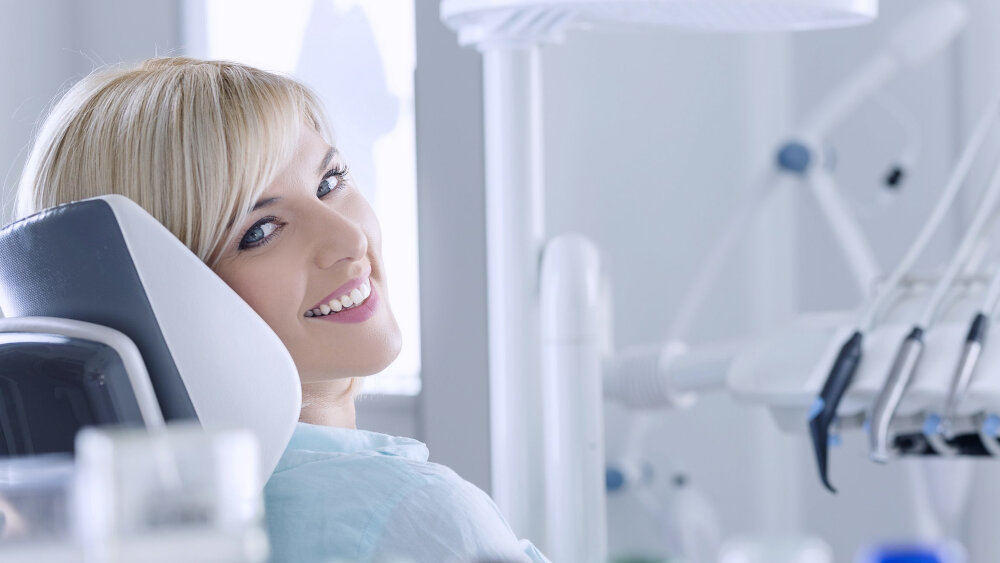
In conclusion, taking care of our teeth and gums is essential for maintaining good oral health, but the aftermath of teeth cleaning can be painful and uncomfortable. However, by following the five effective ways outlined in this comprehensive guide, you can alleviate the pain and discomfort associated with teeth cleaning. From using a cold compress to taking over-the-counter pain medication, these methods can provide quick and effective relief. Additionally, maintaining good oral hygiene practices, such as flossing and brushing regularly, can also help prevent future discomfort after dental cleanings. Remember, taking care of your teeth is crucial for overall health and well-being, and with these tips, you can make the process more comfortable and tolerable.
